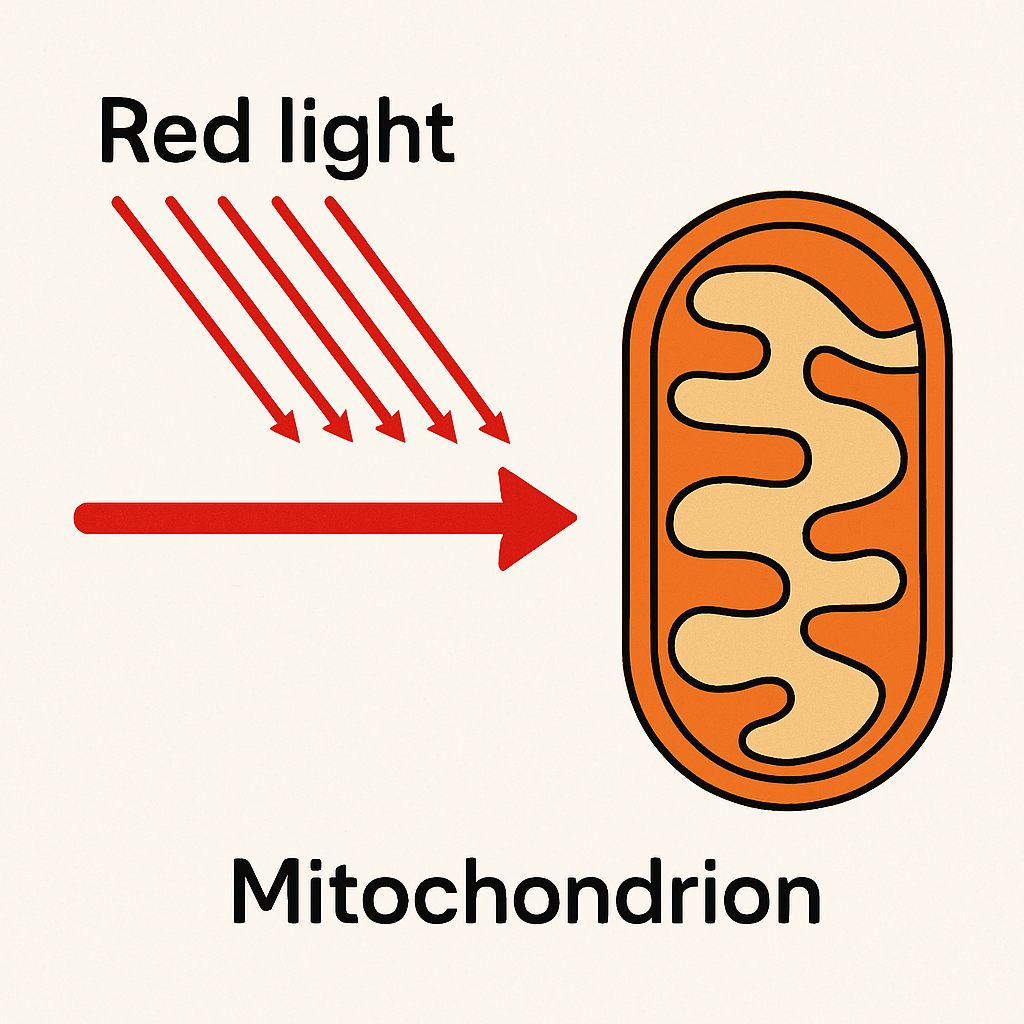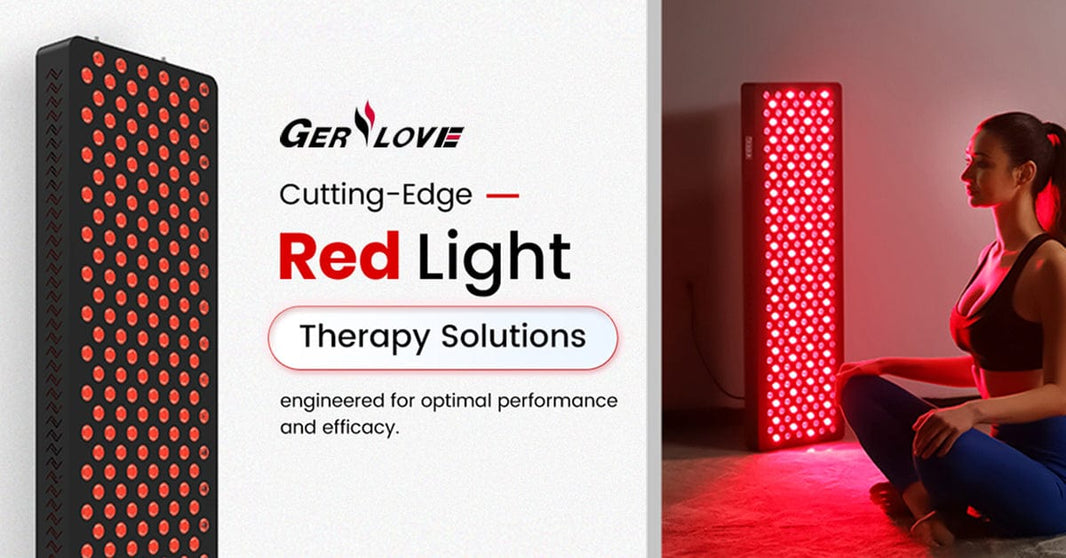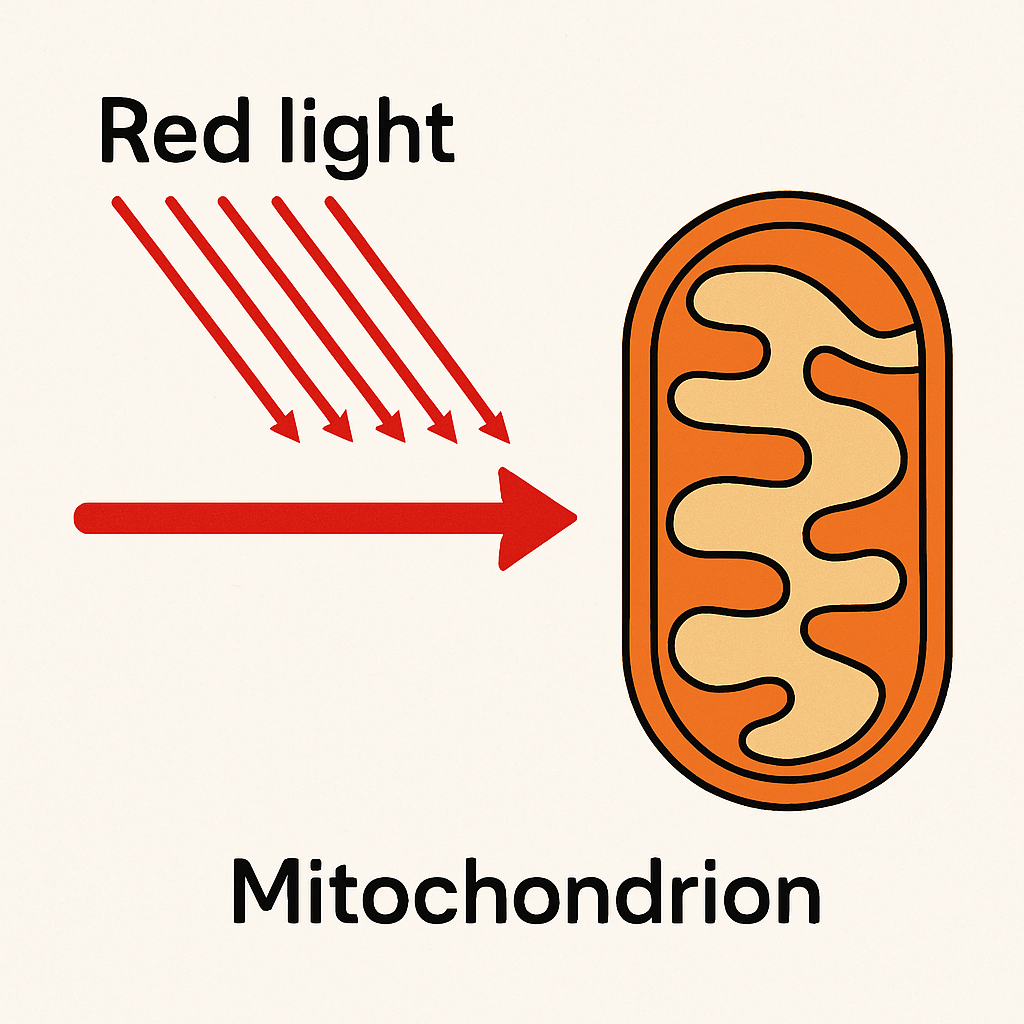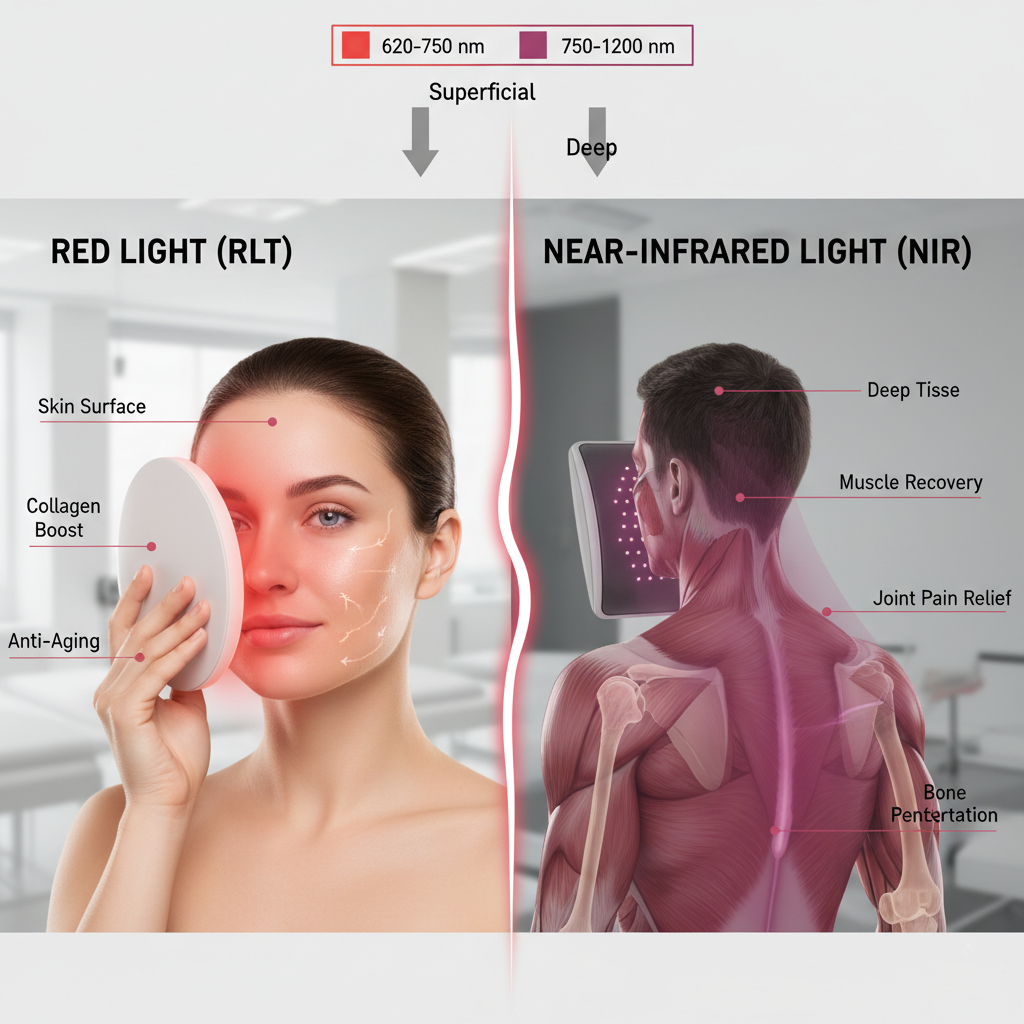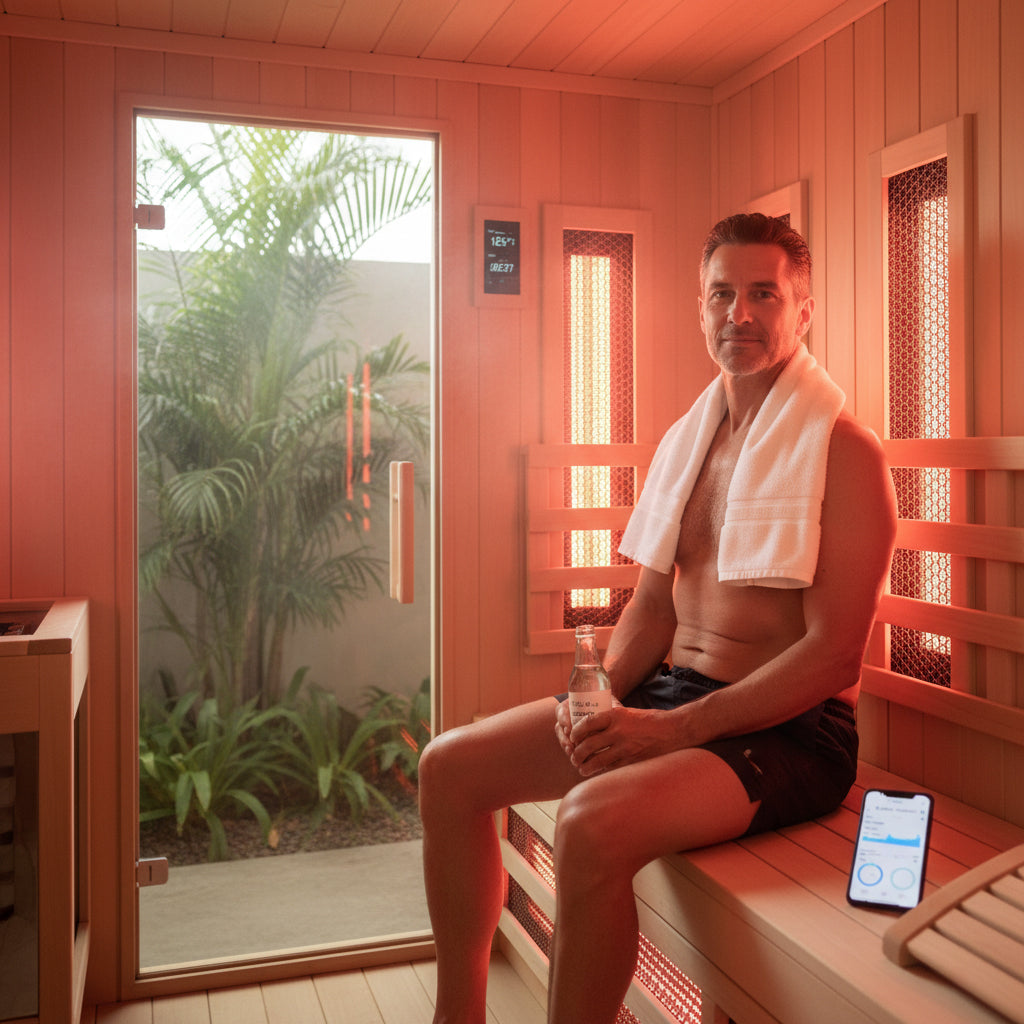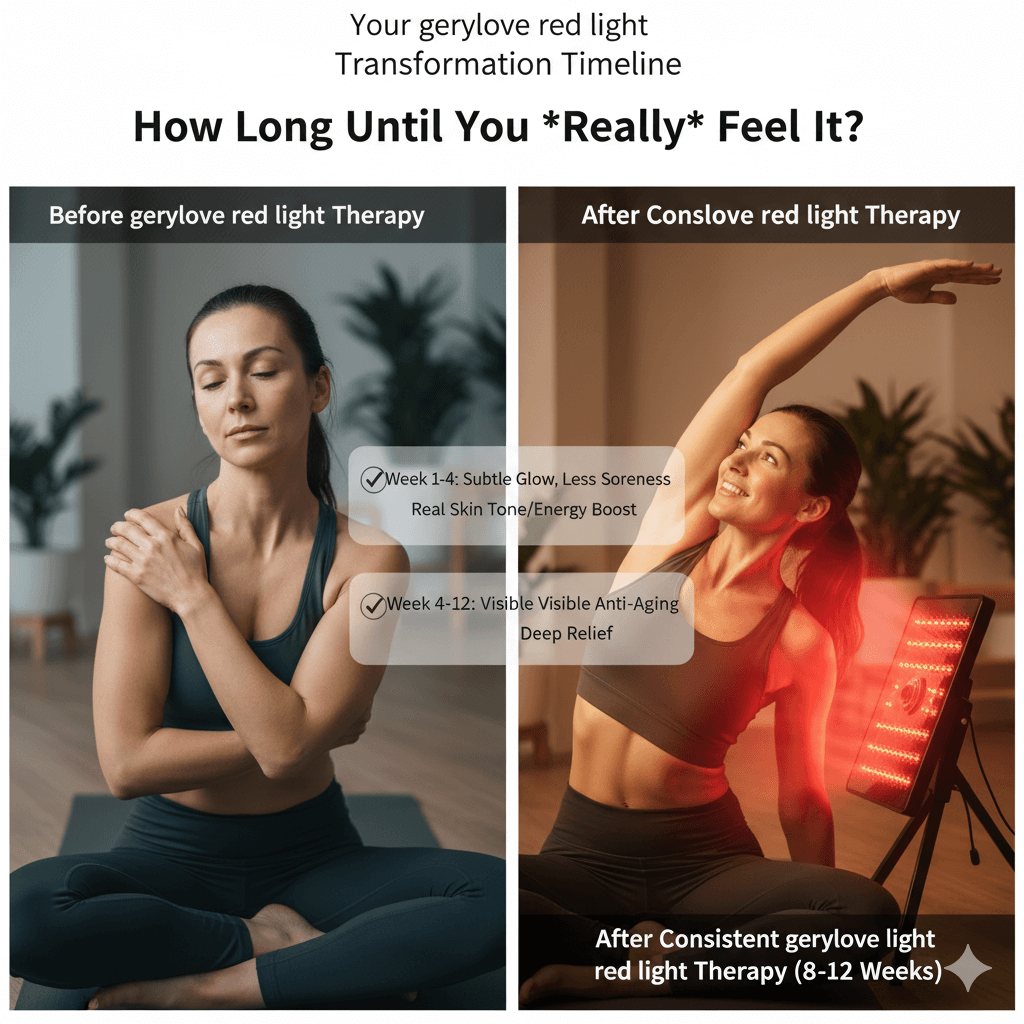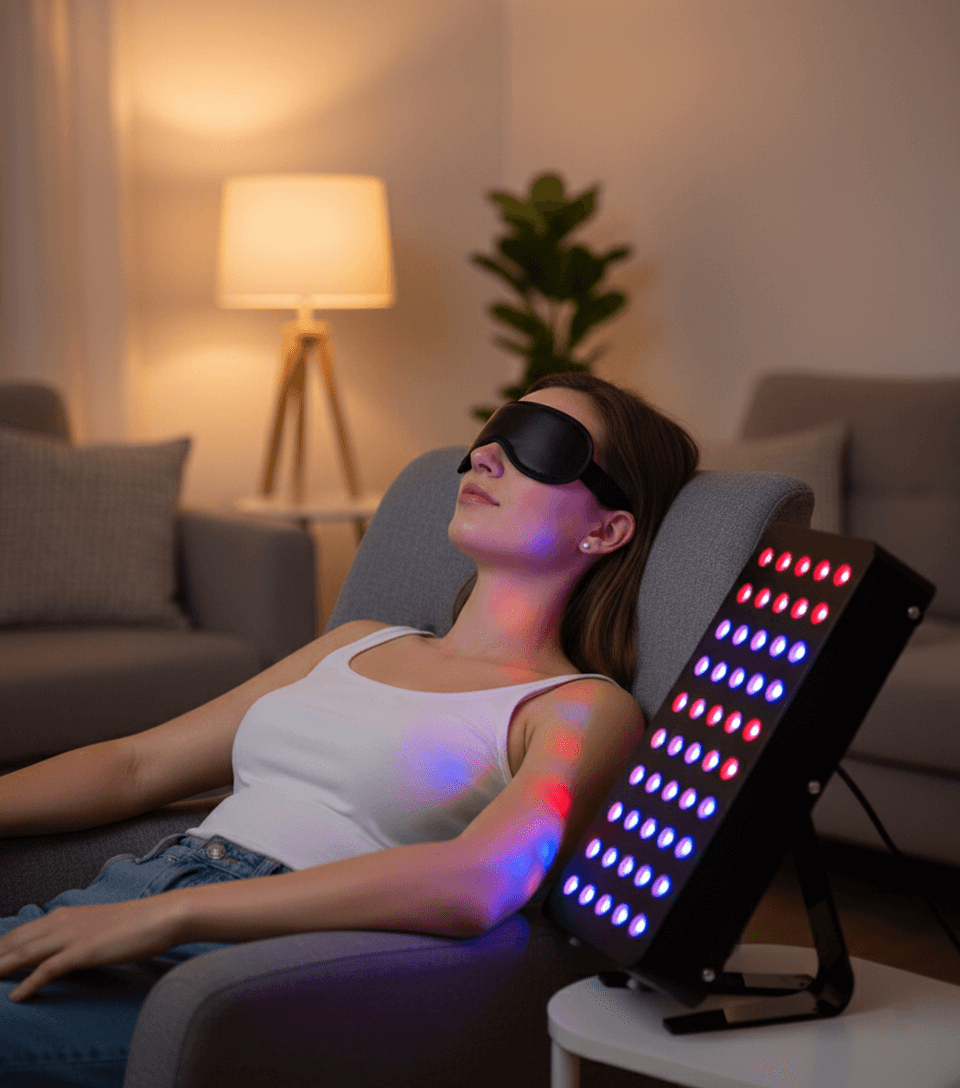Red Light Therapy Wavelength What Wavelengths Works Best
Red Light Therapy (RLT), scientifically known as Photobiomodulation (PBM), has emerged from clinical research into mainstream wellness, promising a diverse range of health benefits. The effectiveness of PBM hinges entirely on the precise wavelengths of light employed, as this property dictates the depth of tissue penetration and the subsequent cellular response. Understanding the science of optimal wavelengths is crucial for maximizing therapeutic outcomes.

The Fundamental Science: Wavelength, Penetration, and Cellular Action
PBM involves exposing the body to specific light waves, primarily in the red and near-infrared (NIR) spectrum (600 nm to 1,000 nm). These wavelengths are able to penetrate the skin and are absorbed by the Cytochrome C Oxidase enzyme within the cell's mitochondria.
-
Cellular Energy Boost: This absorption process triggers a biochemical reaction that enhances the production of Adenosine Triphosphate (ATP), the primary energy source for cellular repair and regeneration. This energy increase accelerates healing, reduces inflammation, and improves overall tissue function.
-
Wavelength Determines Depth: The length of the light wave directly correlates with how deeply it can travel into the body.
-
Shorter Wavelengths (Red Light): Are absorbed by chromophores in the epidermis and dermis (superficial layers).
-
Longer Wavelengths (Near-Infrared Light): Penetrate deeper, reaching muscle tissue, joints, nerves, and even bone.
-
Optimal Therapeutic Wavelengths for Targeted Benefits
Clinical research has identified key wavelength ranges that maximize specific therapeutic effects. Choosing a device that delivers these precise wavelengths is essential for achieving desired results.
Red Light (600 nm – 700 nm): Superficial & Dermatological Benefits
Wavelengths in this range are primarily absorbed by the skin's surface layers, making them ideal for cosmetic and superficial healing [1].
| Wavelength Range | Focus Area | Primary Benefits |
| 630 nm (Red) | Skin Surface/Dermis | Skin Rejuvenation, fine line reduction, improved texture, and acne management. |
| 660 nm (Deep Red) | Sub-Dermal Layers | Wound Healing, anti-inflammatory effects, enhanced collagen production, and reduction of scarring [2]. |
Near-Infrared Light (780 nm – 1,000 nm): Deep Tissue & Recovery Benefits
The longer wavelengths in the NIR spectrum are less visible but are superior for deeper therapeutic applications, where their ability to penetrate beneath the skin and fat layers is key [3].
| Wavelength Range | Focus Area | Primary Benefits |
| 810 nm (NIR) | Deep Tissue, Brain | Supports Neurological Recovery and cognitive function (transcranial PBM), and promotes faster muscle repair. |
| 830 nm (NIR) | Joints, Bone, Nerves | Pain Relief, reduced joint inflammation (e.g., arthritis), and accelerates healing of ligaments and tendons. |
| 850 nm (NIR) | Muscles, Cartilage | Reduces muscle soreness and fatigue (DOMS), and enhances systemic circulation [4]. |
Key Takeaway: For skin health, focus on devices strong in the 660 nm range. For muscle recovery, joint pain, or deep inflammation, prioritize the 850 nm range and other NIR wavelengths.

Clinical Evidence: What the Research Validates
A substantial body of research supports the efficacy of PBM when using optimized protocols.
-
Dermatology (660 nm): A placebo-controlled study demonstrated that participants treated with red light experienced significant improvements in skin texture and an increase in collagen density over three months [5].
-
Muscle Performance (850 nm): Research involving athletes found that pre-conditioning muscle groups with NIR light significantly delays the onset of fatigue and reduces muscle damage markers (like creatine kinase) post-exercise [4].
-
Pain and Inflammation (810 nm & 830 nm): Multiple clinical trials confirm the efficacy of NIR PBM as an adjuvant therapy for chronic pain conditions, including low back pain and tendinopathy, demonstrating measurable reduction in pain scores and increased range of motion [6].
Choosing the Right PBM Device and Protocol
Selecting an effective at-home device requires moving beyond marketing claims and focusing on verified technical specifications.
-
Dual-Wavelength Devices: Most high-quality PBM devices combine 660 nm and 850 nm wavelengths (often in a $1:1$ ratio) to provide comprehensive treatment, addressing both surface skin issues and deep muscle recovery simultaneously.
-
Irradiance/Power Output: Wavelength alone is not enough. The light must be delivered with sufficient intensity, or irradiance ($\text{mW/cm}^2$), to ensure the energy reaches the target tissue. Reputable devices provide third-party tested irradiance reports.
-
Protocol: Typical treatment involves sessions of 10 to 20 minutes, held 6 to 12 inches from the skin, repeated 3 to 7 times per week. Consistency is far more critical than single, long sessions.
Important Safety Note: Always use eye protection (goggles) when operating PBM devices, especially those that emit high-irradiance NIR light, as NIR is invisible and can penetrate the eye without a blink reflex. Consult a healthcare professional or physical therapist to tailor the device and protocol to your specific health needs and ensure no contraindications exist.
Frequently Asked Questions on Red Light Therapy Wavelengths (RLT FAQs)
Many people are naturally curious about Red Light Therapy (RLT), especially regarding its mechanism and effectiveness. We've compiled answers to the most common questions from potential users and those considering this type of therapy.
Understanding RLT Basics and Wavelength Selection
A frequent inquiry centers on selecting the optimal wavelengths for specific treatments.
-
RLT typically utilizes wavelengths ranging between 600 and 900 nanometers (nm).
-
Wavelength Selection is critical: the most effective choice depends entirely on your specific health goals and conditions being treated.
-
Shorter wavelengths (e.g., 600-700 nm) are generally better for superficial issues like skin health.
-
Longer wavelengths (e.g., 800-900 nm or Near-Infrared (NIR)) penetrate deeper for muscle and joint support.
-
People also often ask about LED light therapy devices. These devices are a popular choice for home use due to their convenience and safety.
Common Inquiries Addressed:
-
Wavelengths for Skin Issues: Are specific wavelengths better for certain skin concerns? (Yes, shorter red light wavelengths are usually preferred.)
-
Pain Relief: Does red light therapy effectively work for pain management? (Yes, particularly longer, deeper-penetrating NIR wavelengths.)
-
Treatment Frequency: How often should RLT sessions be administered for best results?
Answering these common questions helps guide individuals toward informed choices when evaluating red light therapy. Remember to always consult with a healthcare provider to ensure treatments are properly tailored to your unique needs.
Key Takeaways: Maximizing RLT Results and Safety
Red Light Therapy is a powerful tool that harnesses the energy of specific light wavelengths to promote healing and achieve desired health improvements. Its versatile nature makes it a valuable option for various treatments, from aesthetics to physical recovery.
-
Therapy Effectiveness is significantly impacted by the choice of wavelength.
-
Benefits of RLT include improved skin appearance (collagen boost) and quicker muscle recovery (reduced soreness and inflammation).
-
Longer wavelengths, specifically those in the NIR range, are essential for deeper penetration into tissues to treat muscle and joint issues.
When selecting an RLT device or defining a treatment protocol, always consider the condition you are addressing. Proper selection significantly enhances the likelihood of success and satisfaction with treatment outcomes.
Essential Action Points:
-
Match the Wavelength: Align the wavelength used with the targeted condition (shallow for skin, deep for pain/muscles).
-
Go Deeper for Joints: Consider longer wavelengths (NIR) for issues affecting muscle and joint tissues.
-
Prioritize Safety: Always follow professional guidelines for the safe and effective use of the device.
Consulting a healthcare professional is the best step to ensure you adopt the most effective approach to meet your individual health needs. Red light therapy continues to be a promising, non-invasive avenue for health and wellness.
References for Further Reading
[1] Red light-emitting diode on skin healing: an in vitro and in vivo experimental study
[3] Mechanisms and applications of the anti-inflammatory effects of photobiomodulation

